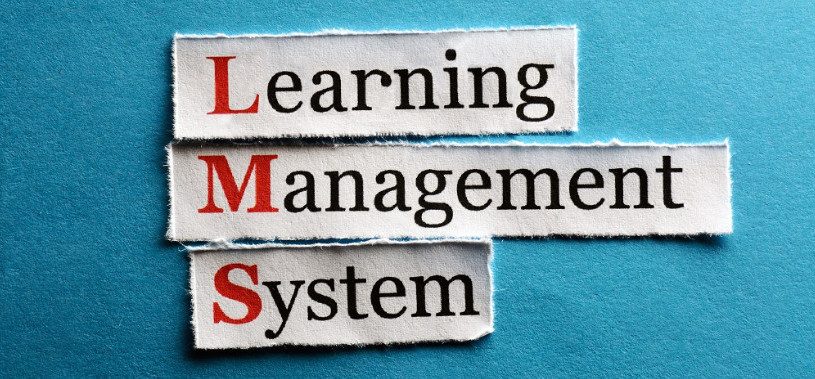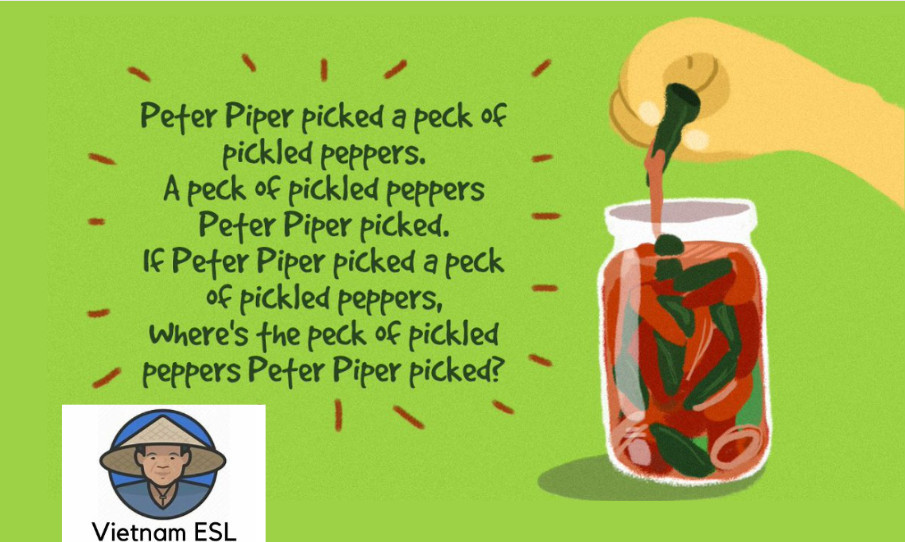Teaching Adults English.
Designing an ESL lesson plan for adults can be challenging, but also rewarding. Adult learners have different needs, motivations, and goals than younger students, so you need to tailor your lessons accordingly. Here are some tips on how to create an effective and engaging ESL lesson plan for adults.
1. Know your learners. Before you start planning your lesson, you need to know who your learners are, what their level of English is, what they want to learn, and why they are learning English. This will help you choose the most relevant and appropriate topics, materials, and activities for your lesson.
2. Set clear and realistic objectives. Based on your learners’ needs and goals, you need to define what you want them to achieve by the end of the lesson. Your objectives should be specific, measurable, achievable, relevant, and time-bound (SMART). For example, by the end of the lesson, learners will be able to introduce themselves and ask for basic personal information in a formal setting.
3. Choose engaging and authentic materials. To make your lesson more interesting and meaningful for your learners, you should use materials that are relevant to their lives and interests, such as articles, videos, podcasts, or songs. You should also use authentic materials that expose them to real-world language use, such as newspapers, websites, or social media posts.
4. Plan a variety of activities. To keep your learners motivated and involved, you should plan a mix of activities that cover the four skills of listening, speaking, reading, and writing. You should also include activities that promote interaction and communication among learners, such as pair work, group work, role plays, or discussions. You should also vary the level of difficulty and complexity of the activities according to your learners’ abilities and progress.
5. Assess your learners’ performance and provide feedback. At the end of the lesson, you should check if your learners have achieved the objectives you set for them. You can use different methods of assessment, such as quizzes, tests, presentations, or portfolios. You should also provide constructive feedback to your learners on their strengths and areas for improvement. You should also encourage them to reflect on their own learning and set goals for future lessons.
Make Your Own Lesson Plan Template.
If you are looking for a template ESL lesson plan for adults, you might find this blog post helpful. It outlines the basic steps and components of a successful ESL lesson, as well as some tips and resources to make your teaching more effective and engaging.
A template ESL lesson plan for adults should include the following elements:
– A warm-up activity to review previous material, activate prior knowledge, or introduce the topic of the lesson.
– A presentation stage to introduce new vocabulary, grammar, or skills, using clear explanations, examples, and visuals.
– A practice stage to give students the opportunity to use the new language or skills in controlled or guided activities, such as drills, exercises, or games.
– A production stage to allow students to apply the new language or skills in more authentic or creative tasks, such as role-plays, discussions, or projects.
– A feedback and correction stage to provide students with positive and constructive feedback on their performance, as well as to correct any errors or misunderstandings.
– A wrap-up activity to summarize the main points of the lesson, review the learning objectives, and assign homework or further practice.
Some tips and resources to make your ESL lesson plan more effective and engaging are:
– Use a variety of activities and materials to cater to different learning styles and preferences.
– Incorporate real-world contexts and situations to make the lesson more relevant and meaningful for the students.
– Adapt the level of difficulty and complexity of the activities to suit the students’ needs and abilities.
– Use clear and simple instructions and check for understanding before starting each activity.
– Monitor and support the students during the activities and provide feedback and corrections as needed.
– Encourage student interaction and participation and create a positive and supportive learning environment.
Template Examples.
You can find more examples and templates of ESL lesson plans for adults on these websites:
– https://www.teachingenglish.org.uk
My current fave site is Twinkle, have a look, don’t worry I’m not making money off this. Twinkle..
Example Lesson Plans.
Here are two examples of ESL lesson plans for adults that you can use in your classroom or online teaching.
Example 1: Present Perfect vs. Past Simple
Objective: To help students practice the difference between present perfect and past simple tenses in speaking and writing.
Materials: A worksheet with sentences in present perfect and past simple, some dice, and a timer.
Procedure:
– Warm-up: Ask students to think of an event that happened in their life recently and write a sentence about it using the present perfect tense. For example, “I have finished reading a book.” Then, ask them to write another sentence using past simple tense with a specific time expression. For example, “I finished reading the book yesterday.” Have them share their sentences with a partner and compare the use of tenses.
– Presentation: Review the rules and examples of present perfect and past simple tenses on the board or on a slide. Explain when to use each tense and how to form them. Highlight the differences in meaning and usage.
– Practice: Give each pair of students a worksheet with sentences in present perfect and past simple. Have them roll a dice and read the sentence that corresponds to the number they get. Then, have them rewrite the sentence using the other tense. For example, if they get a sentence in present perfect, they have to rewrite it in past simple, and vice versa. Set a timer for 10 minutes and have them complete as many sentences as they can.
– Feedback: Check the answers as a class and correct any errors. Ask students to explain why they chose a certain tense and how it changes the meaning of the sentence.
Example 2: Giving Advice
Objective: To help students practice giving advice using modal verbs and expressions in speaking.
Materials: A set of cards with common problems or situations that require advice, such as “I want to lose weight” or “I have a job interview tomorrow”.
Procedure:
– Warm-up: Ask students to think of a problem or a situation that they need advice on and write it down on a piece of paper. Collect the papers and shuffle them. Then, distribute them randomly to the students. Have them read the problem or situation they got and think of some possible advice they would give.
– Presentation: Review the modal verbs and expressions that can be used to give advice, such as “should”, “could”, “might”, “why don’t you”, “have you tried”, etc. Give some examples of how to use them in sentences. Explain the difference in meaning and tone between them.
– Practice: Divide the students into pairs or small groups. Have them take turns picking a card from the set and reading the problem or situation aloud. Then, have them advise each other using the modal verbs and expressions they learned. Encourage them to use different ones and to explain their reasons for giving that advice.
– Feedback: Ask some pairs or groups to share their problems or situations and the advice they gave with the class. Comment on their use of language and give suggestions for improvement.
Check it Out.
Check out my other posts for more information on teaching Adults. This is the link to click on…
How to Teach ESL English to Adults.
I also have a lot of other stuff you may find useful, so check out my site. www.vietnamesl.com

Final Thoughts.
Remember, every group of students is different. What works well with one group may not work as well with another. Be flexible and willing to adapt your teaching strategies as needed.
Don’t stick to your lesson plan and if you have to veer off in a different direction that is fine, The one thing I have learnt is teaching should be flexible to cater to your students’ needs. And the best thing to do is incorporate FUN. Do that and your students will want to learn English and love you forever as a great Teacher. 8-).
Some links on this site may be affiliate links, and if you purchase something through these links, I will make a commission on them. There will be no extra cost to you and, you could actually save money. Read our full affiliate disclosure here.





























